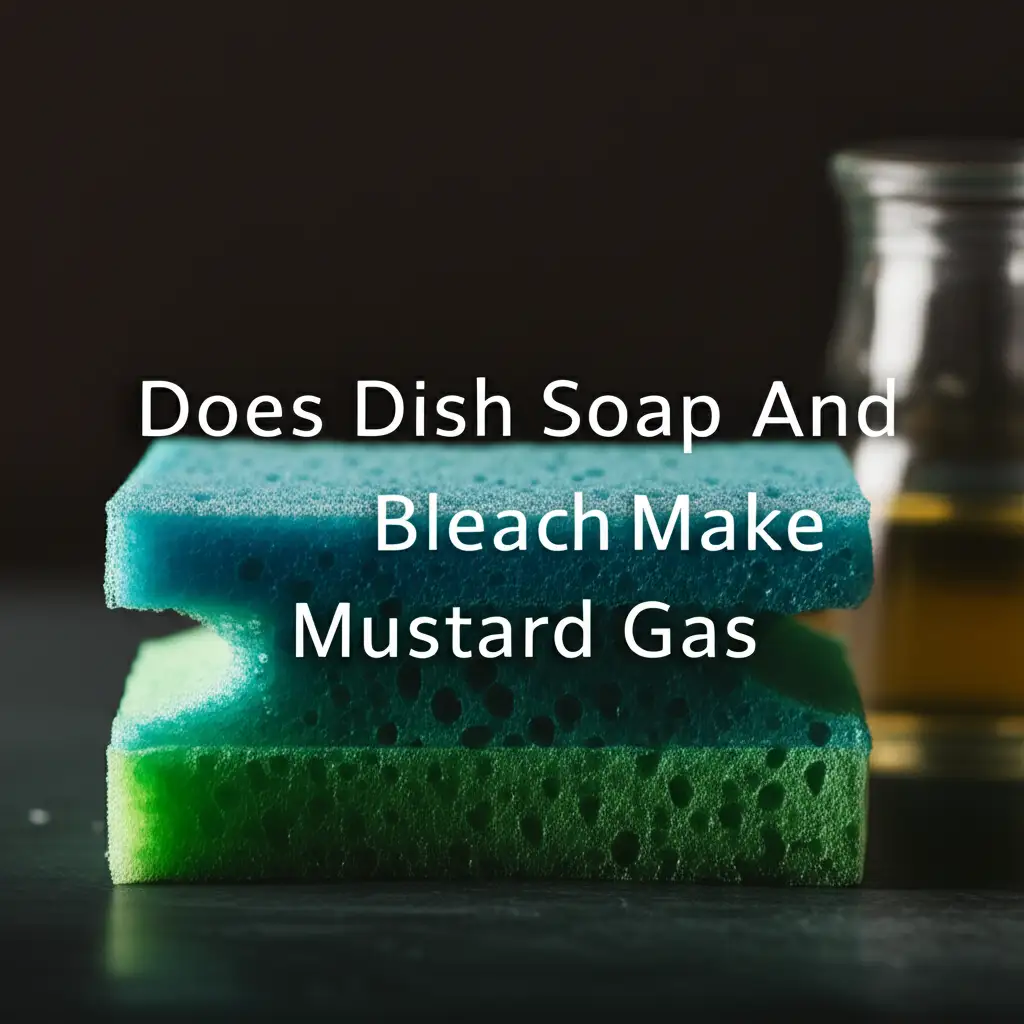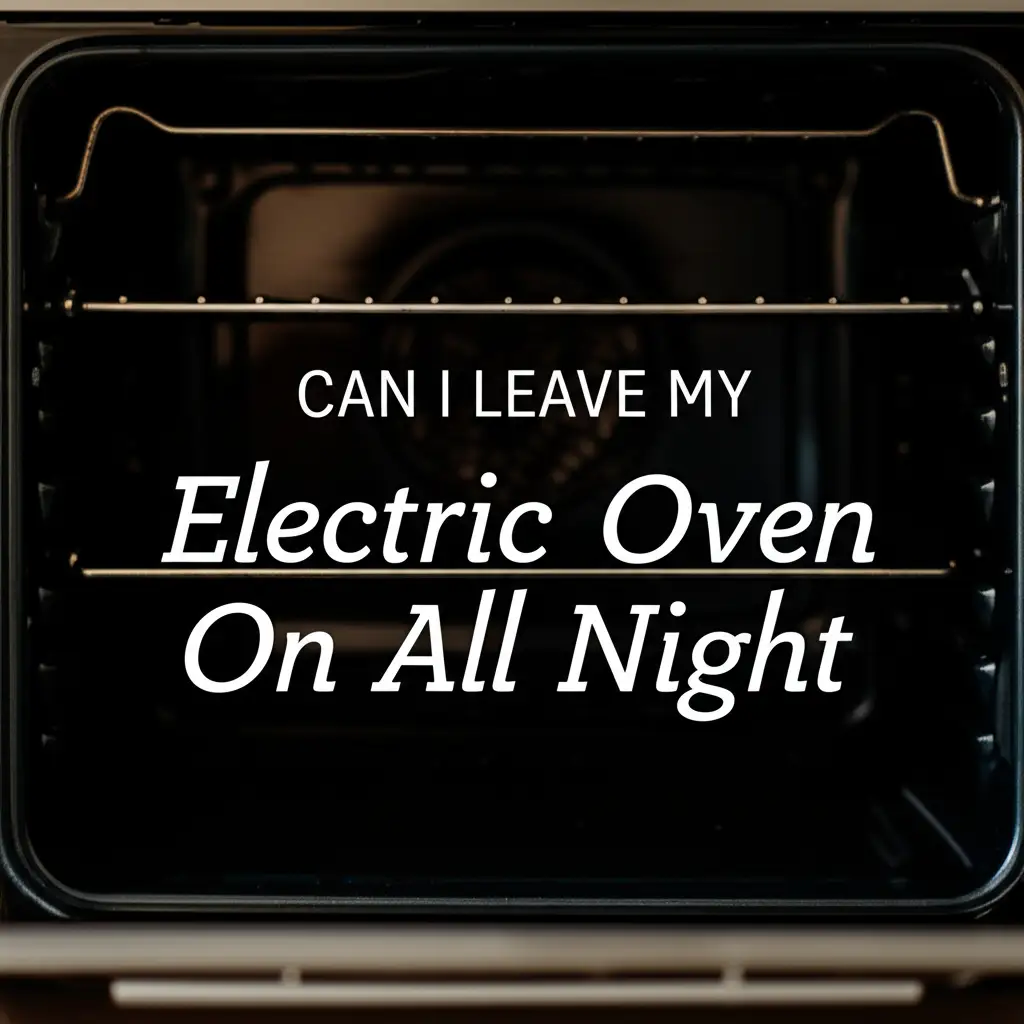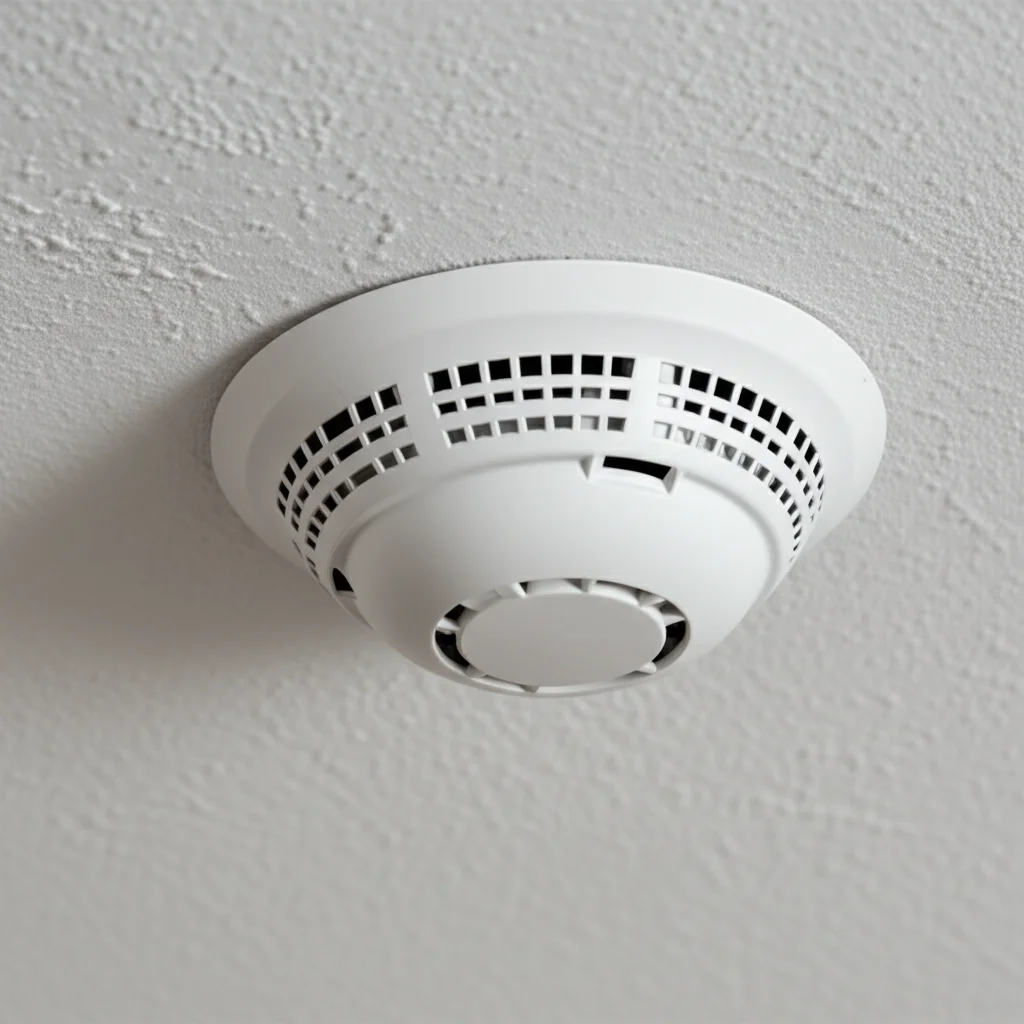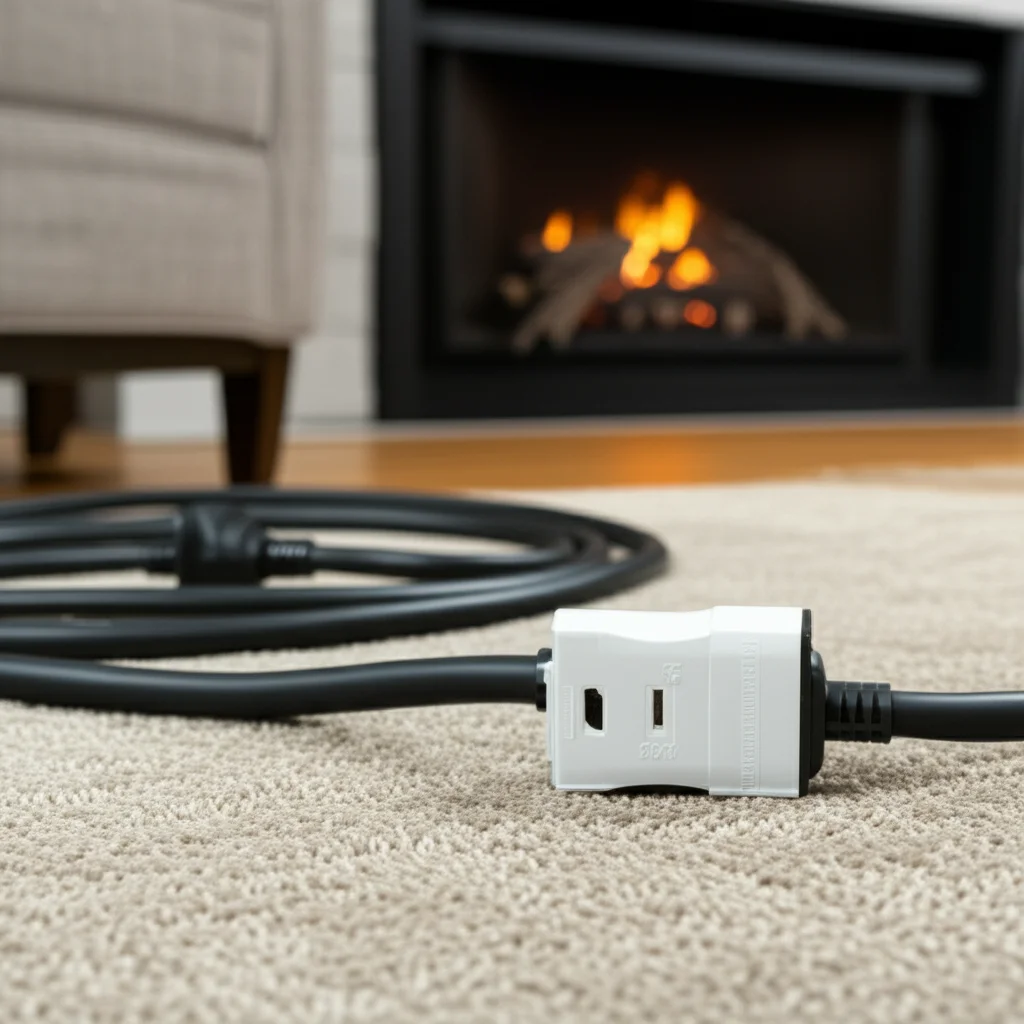· Katria Melrose · Home Safety · 14 min read
Does Dish Soap And Bleach Make Mustard Gas

The Truth About Dish Soap and Bleach: Dispelling the Mustard Gas Myth
Many people worry about mixing household cleaning products. It is wise to consider the dangers. A common question I hear is, “Does dish soap and bleach make mustard gas?” This concern often comes from stories about dangerous chemical reactions. We need to understand the facts to keep our homes safe.
This article will address the “dish soap and bleach mustard gas” question directly. We will explore the chemical components of common cleaners. You will learn which combinations are truly harmful. Our goal is to provide clear guidance for safe cleaning practices. Stay with me to separate myths from scientific facts.
Takeaway
Mixing dish soap and bleach does not create mustard gas. However, mixing bleach with other common cleaners can form dangerous gases. Always avoid combining cleaning products, especially those containing bleach with ammonia or acids. Prioritize good ventilation and proper labeling.
Does Dish Soap and Bleach Make Mustard Gas? The Clear Answer.
No, mixing dish soap and bleach does not produce mustard gas. Dish soap typically contains detergents and no ammonia, which is the primary concern when mixed with bleach. However, mixing bleach with ammonia-based cleaners or acids can create dangerous, toxic gases like chloramine gas or chlorine gas, which are highly harmful and should always be avoided.
Understanding Household Bleach: Its Nature and Reactivity
Household bleach, typically sodium hypochlorite solution, is a powerful disinfectant. It works by oxidizing organic matter. This process kills germs, whitens fabrics, and removes stains. Bleach is a common and effective cleaning agent in many homes.
Its strength makes it useful, but also potentially dangerous. Bleach reacts strongly with certain other chemicals. These reactions can release toxic gases. People often misunderstand these chemical interactions. Proper use and storage of bleach are critical for safety.
I always advise reading the label on any bleach product. Manufacturers provide important safety warnings. These warnings tell you what not to mix with bleach. Paying attention to these details helps prevent accidents. Bleach helps keep our homes clean, but we must respect its chemical power.
Many people use bleach to clean bathrooms. For example, how to clean shower with bleach is a common search. When using bleach in the shower, ensure proper ventilation. Never add other cleaners to the bleach. This includes toilet bowl cleaners or tile cleaners.
What’s in Your Dish Soap? Decoding Its Chemical Makeup
Dish soap is a common household item. It is designed to cut grease and clean dishes effectively. Most dish soaps primarily contain detergents, surfactants, and sometimes fragrances or dyes. These ingredients help lift food particles and grease from surfaces.
Importantly, standard dish soaps do not contain ammonia. Ammonia is a nitrogen-containing compound. It is found in many glass cleaners or all-purpose cleaners. The absence of ammonia in dish soap means it does not react with bleach to form chloramine gas.
While dish soap is generally safe to use on its own, it is not meant for all cleaning tasks. For instance, using too much dish soap in appliances can cause problems. Sometimes, people consider using dish soap for other purposes, like in a dishwasher. However, why can’t you use dish soap in the dishwasher reveals issues like excessive suds.
Dish soap’s composition makes it a gentle cleaner compared to harsher chemicals. This is why it often appears in DIY cleaning recipes. We often use it for general cleaning tasks. This includes handwashing dishes or even some laundry pre-treatments.
The Real Dangers: What Chemicals React with Bleach to Create Toxic Gases
While dish soap does not pose a mustard gas threat with bleach, other common household chemicals do. It is vital to know these dangerous combinations. Mixing the wrong products can create highly toxic gases. These gases can cause severe health problems, even death.
Always check the labels of your cleaning products. Look for warnings about mixing. If a product does not list its full ingredients, assume it could be dangerous when mixed. My advice is simple: Never mix cleaning products unless the instructions specifically tell you to.
Bleach and Ammonia: The Chloramine Threat
One of the most dangerous combinations is bleach and ammonia. Ammonia is found in many glass cleaners, window cleaners, and some floor cleaners. When bleach (sodium hypochlorite) mixes with ammonia (NH3), it produces chloramine gases.
Chloramine gases are highly irritating. They can cause respiratory issues, coughing, shortness of breath, and chest pain. Exposure can also lead to nausea and watery eyes. In high concentrations or enclosed spaces, these gases are deadly. This reaction is a common cause of accidental poisoning in homes.
Imagine someone cleaning a bathroom. They use bleach for the toilet. Then they spray ammonia-based window cleaner on the mirror. If the fumes mix, dangerous gases form. This is why good ventilation is so important. Open windows and turn on fans when cleaning.
Bleach and Acids: The Chlorine Gas Risk
Another hazardous mixture is bleach and acids. Many toilet bowl cleaners, rust removers, and even vinegar contain acids. When bleach combines with an acid, it releases chlorine gas. Chlorine gas is a highly toxic substance.
Chlorine gas can cause severe respiratory problems. Symptoms include coughing, difficulty breathing, and a burning sensation in the nose and throat. It can also damage the lungs and eyes. Historically, chlorine gas was used as a chemical weapon. Even small amounts can be harmful.
For example, never pour bleach into a toilet bowl that already contains a toilet bowl cleaner. These cleaners often have strong acids. The resulting chlorine gas can quickly fill a small bathroom. This creates an immediate and dangerous situation. Always use one cleaner at a time. Rinse surfaces thoroughly before using a different product.
Spotting Trouble: Identifying Toxic Fumes and Symptoms of Exposure
Understanding what to look for after an accidental chemical mix is crucial. Toxic fumes from cleaning products can act quickly. Recognizing the signs of exposure helps you respond faster. Your safety depends on a quick reaction.
The type of gas determines the specific symptoms. However, many toxic gases share common warning signs. These include irritation and respiratory distress. If you ever suspect a dangerous gas reaction, evacuate the area immediately. Do not try to clean it up.
Signs of Chloramine Gas Exposure
Chloramine gases usually have a strong, pungent smell. It is often described as bleach-like, but much stronger and more irritating. Symptoms can include:
- Coughing: A persistent cough is a common initial sign.
- Watery eyes: Your eyes may sting or tear up.
- Nasal irritation: A burning sensation in your nose.
- Sore throat: You may feel a scratchy or painful throat.
- Shortness of breath: Difficulty breathing or feeling like you cannot get enough air.
- Nausea: Some people may feel sick to their stomach.
These symptoms can range from mild to severe depending on the concentration of the gas and length of exposure. If you experience these, move to fresh air at once.
Signs of Chlorine Gas Exposure
Chlorine gas has a very distinct, suffocating odor. People describe it as smelling like a strong bleach or swimming pool smell. Symptoms are often more severe and immediate:
- Burning sensation in eyes, nose, and throat: This is often one of the first and most intense symptoms.
- Severe coughing and wheezing: The respiratory system is heavily affected.
- Difficulty breathing: This can progress to severe respiratory distress.
- Chest tightness or pain: A feeling of pressure on the chest.
- Bluish discoloration of skin (cyanosis): In severe cases, due to lack of oxygen.
- Vomiting: Nausea and vomiting can occur.
Exposure to chlorine gas requires immediate medical attention. It can cause fluid in the lungs (pulmonary edema), which can be fatal. Do not delay seeking help.
Prioritizing Safety: Best Practices for Household Cleaning
Preventing accidents is easier than dealing with their aftermath. Adopting safe cleaning practices keeps your home and family secure. I always emphasize a few simple rules that make a big difference. These rules apply to all cleaning tasks, not just those involving bleach.
My goal is for everyone to feel confident and safe when cleaning. Cleaning should improve your home environment, not endanger it. Follow these steps for safer cleaning.
- Read Labels Carefully: Always read product labels before use. Pay attention to ingredients and warnings. Manufacturers include these instructions for your safety. They tell you how to use the product correctly.
- Never Mix Cleaning Products: This is the golden rule. Do not combine any cleaners unless the product label explicitly instructs you to. This includes different brands of the same type of cleaner. Even if a dish soap does not create mustard gas with bleach, mixing other products can be dangerous.
- Ensure Good Ventilation: Always clean in a well-ventilated area. Open windows and doors. Use exhaust fans, especially in bathrooms or kitchens. Good airflow helps disperse fumes and reduces the risk of inhalation.
- Wear Personal Protective Equipment (PPE): Protect your skin and eyes. Wear gloves to prevent skin irritation. Safety goggles protect your eyes from splashes and fumes. A basic mask can help with dust, but it offers little protection against toxic gases.
- Store Chemicals Properly: Keep cleaning products in their original containers. Store them in a cool, dry place, out of reach of children and pets. Never store chemicals near food or in unlabeled containers. This prevents accidental ingestion or misuse.
- Clean One Product at a Time: If you need to use different cleaners on the same surface, apply one, clean, rinse the surface thoroughly, and then apply the next. This prevents chemical reactions on the surface.
- Keep Emergency Numbers Handy: Have the number for Poison Control (1-800-222-1222) readily available. Also know your local emergency services number. Quick action can save lives.
By following these simple steps, you can greatly reduce the risk of chemical accidents in your home. Your health and safety are worth the extra effort.
When Accidents Happen: Essential First Aid for Chemical Exposure
Despite all precautions, accidents can still occur. Knowing basic first aid for chemical exposure is critical. Your immediate actions can reduce harm and potentially save a life. Stay calm and act quickly.
My advice comes from a place of concern for your well-being. Reacting correctly to a chemical incident is as important as preventing one. This information is for general guidance. Always seek professional medical help after any significant chemical exposure.
- Move to Fresh Air Immediately: If you inhale fumes, the first step is to get outside or to an area with plenty of fresh air. Do not stay in the contaminated area. This helps clear your lungs.
- Seek Medical Attention: If symptoms persist or worsen, call 911 or your local emergency services. For less severe but concerning exposures, call Poison Control (1-800-222-1222). Describe the chemicals involved and your symptoms.
- Skin Contact: If chemicals splash on your skin, immediately remove any contaminated clothing. Rinse the affected area with large amounts of water for at least 15-20 minutes. Do not try to neutralize the chemical.
- Eye Contact: If chemicals get into your eyes, flush them with water for at least 15-20 minutes. Use a gentle stream of water. Keep your eyelids open during flushing. Seek immediate medical attention after flushing.
- Ingestion: If someone swallows a chemical, do not induce vomiting unless specifically instructed by Poison Control or medical personnel. Call Poison Control or emergency services immediately. Have the product container nearby to tell them what was ingested.
- Monitor Symptoms: Even if you feel okay after initial actions, continue to monitor for delayed symptoms. Some chemical effects might not appear right away. If anything changes, seek medical help.
Remember, rapid response is key in chemical exposure cases. Do not hesitate to get help. Your health is the top priority.
Dispelling Other Cleaning Myths: Beyond Mustard Gas
The fear surrounding bleach and dish soap is just one of many cleaning myths. Many misconceptions exist about household cleaners. These myths can lead to ineffective cleaning or, worse, dangerous practices. I want to clear up a few more common misunderstandings.
Understanding how products work helps us use them better. It also prevents us from falling for bad advice. Let’s look at some other common beliefs.
- “More product equals cleaner.” This is often false. Using too much dish soap, for instance, can lead to excessive suds. This makes rinsing difficult. It can also leave a residue. For example, using too much dish soap in the washing machine can create a huge mess. It may also damage your appliance.
- “Natural cleaners are always safe to mix.” While natural products like vinegar and baking soda are generally safer, mixing them with certain chemicals can still be problematic. For instance, mixing vinegar (an acid) with bleach is highly dangerous, producing chlorine gas. Even combining different essential oils can cause unexpected skin reactions. Always research combinations.
- “Hot water kills all germs.” Hot water does help clean, but it does not sterilize surfaces. Most household hot water temperatures are not high enough to kill all bacteria and viruses. For proper sanitization, you need disinfectants or very high temperatures (like boiling water).
- “Mixing different brands of cleaners is fine if they do the same job.” This is a risky assumption. Even if two products are for the same purpose, their chemical formulations might differ significantly. Mixing them can still lead to unexpected and dangerous reactions. Always stick to one product type at a time.
- “The stronger the smell, the cleaner it is.” A strong chemical smell often indicates strong fumes. These fumes can be harmful. Proper cleaning should remove odors, not replace them with harsh chemical scents. Good ventilation is important, not just for safety but also for comfort.
- “You can use dish soap for everything.” Dish soap is versatile, but not a universal cleaner. It is excellent for grease on dishes. However, it can cause problems in some appliances or on certain surfaces. For example, some people try to use dish soap in the washing machine, which is not recommended. Each product has its best use.
By debunking these myths, I hope to empower you. Make informed choices about your cleaning routines. Safe and effective cleaning is possible with the right knowledge.
FAQ Section
Does ammonia-free dish soap react with bleach?
Standard dish soap does not contain ammonia. Therefore, it does not react with bleach to form dangerous chloramine gases. Dish soap’s main ingredients are detergents. These detergents do not produce toxic fumes with bleach. It is still wise to use products separately.
What happens if you mix bleach and dish soap?
If you mix bleach and dish soap, typically nothing dangerous happens. You might get a lot of foam, but no toxic gases like mustard gas or chlorine gas form. This is because dish soap lacks ammonia or strong acids that react with bleach. It is generally a harmless combination.
What cleaning products should never be mixed?
Never mix bleach with ammonia-based cleaners (like glass cleaners or some floor cleaners). This creates chloramine gas. Also, never mix bleach with acids (like toilet bowl cleaners, rust removers, or vinegar). This produces toxic chlorine gas. These combinations are very dangerous.
Can mixing cleaners cause permanent health damage?
Yes, mixing the wrong cleaning chemicals can cause permanent health damage. Inhalation of toxic gases like chloramine or chlorine gas can lead to severe respiratory problems. This includes chronic breathing difficulties, lung damage, and even death. Eye and skin exposure can also cause permanent irritation or burns.
What should I do if I accidentally mix dangerous chemicals?
If you accidentally mix dangerous chemicals and fumes appear, immediately evacuate the area. Go to fresh air. Call 911 or your local emergency services for severe symptoms. For less severe cases, call Poison Control (1-800-222-1222). Do not try to clean the spill yourself without proper protection.
Is mustard gas a common household cleaning product reaction?
No, mustard gas is not a common household cleaning product reaction. Mustard gas is a chemical warfare agent with a complex chemical structure. Household cleaning chemicals do not contain the necessary compounds to create mustard gas. The more common and serious risks are chloramine gas and chlorine gas.
Conclusion
The concern “Does dish soap and bleach make mustard gas” is a widespread myth. I hope this article has clarified the truth. You now know that dish soap and bleach do not produce mustard gas. However, the real danger lies in mixing bleach with ammonia-based cleaners or acids, which can create highly toxic chloramine or chlorine gases. These gases pose serious health risks.
Your safety is paramount in every cleaning task. Always read product labels, prioritize excellent ventilation, and never mix cleaning chemicals unless specifically instructed. By following these simple but crucial guidelines, you protect yourself and your family from harmful chemical reactions. Remember, a clean home should never come at the expense of your health. Stay informed and clean safely.





